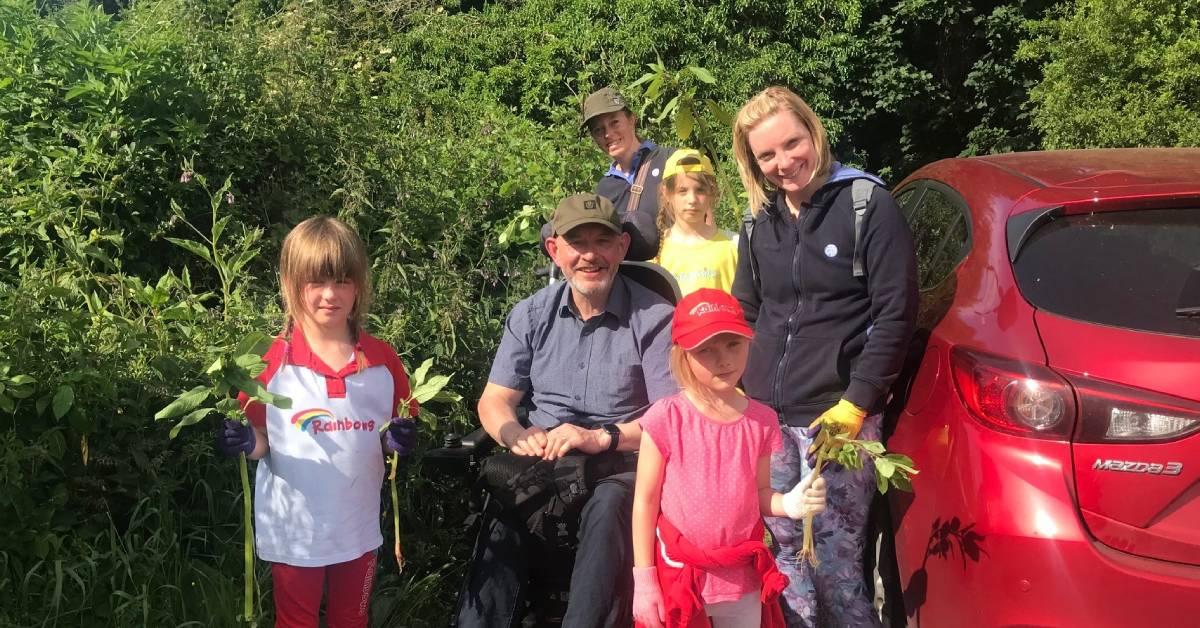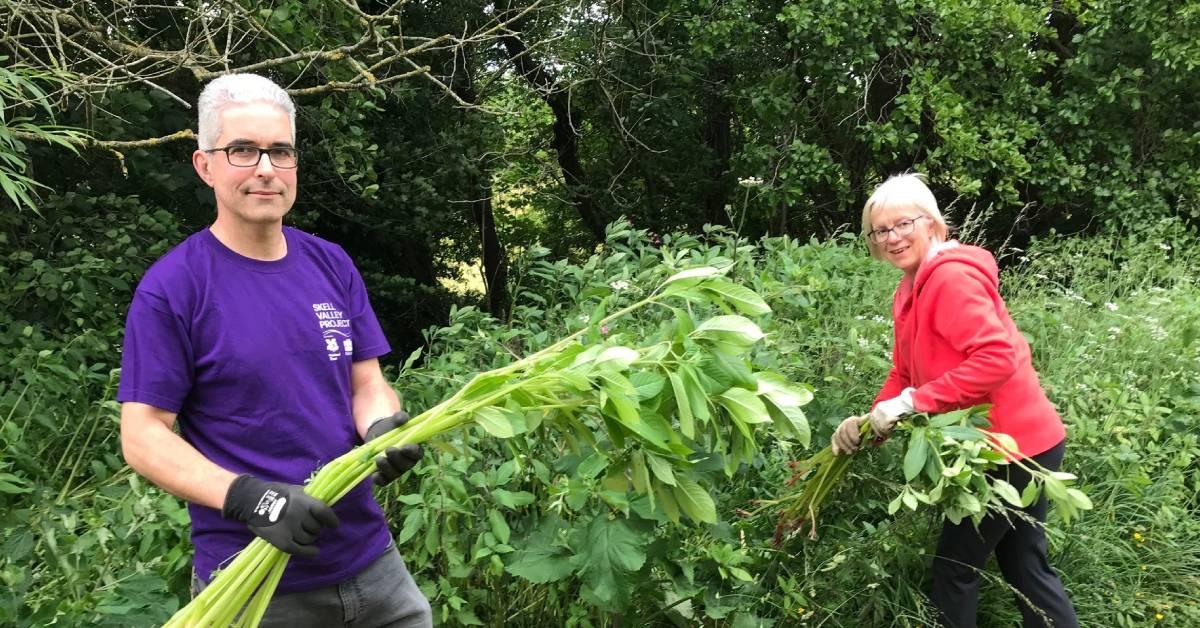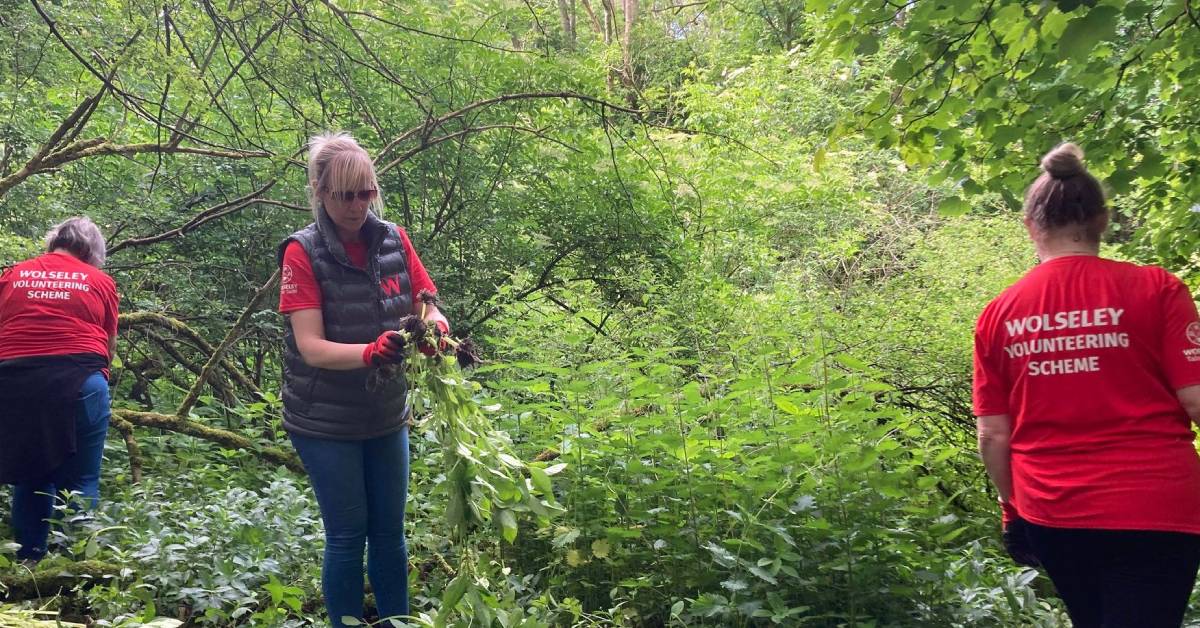Subscribe to trusted local news
In a time of both misinformation and too much information, quality journalism is more crucial than ever. By subscribing, you can help us get the story right.
- Subscription costs less than £1 a week with an annual plan.
Already a subscriber? Log in here.
29
Jun 2022
Your chance to fight an alien invader in Ripon

The Friends of Hell Wath and supporters have been pulling together for years to tackle an overbearing foreign invader at the Ripon nature reserve.
But many volunteer hands are still needed, if they are to win the battle by bashing the pervasive Himalayan balsam plants into submission.
Over the years, balsam has spread across a third of the site, putting a stranglehold on some areas and harming the growth of native species crucial to the biodiversity of the reserve.
FOHW secretary Jeremy Dunford told the Stray Ferret:

Among those involved in clearing the site of Himalayan Balsam are Nabil Abbas, manager of the Skell Valley Project and FOHW member Karyn Lees.
Last week, the army of tireless volunteers, who have been manually tearing up the balsam, received a helping hand from the scientific community.
Scientific help
After seeking assistance for two years, FOHW discovered that their call for help was being answered with the introduction of a natural fungal rust developed by the Centre for Agriculture and Bioscience International, experts in biological control and fighting Himalayan balsam with fungal pathogens.
The fungus option, which weakens the plant by infecting its stem and leaves throughout the growing season, only infects Himalayan balsam and does not pose a risk to other species.

Not so pretty in pink — the Himalayan Balsam that has invaded Hell Wath Nature Reserve
Mr Dunford said:
Volunteer assistance
The friends, who can be contacted by clicking this link, have received assistance from 5th Ripon Brownies, young soldiers from the Harrogate Army Foundation and staff from major local employer Wolseley and visitors, who are encouraged to pull, snap and stamp on as many Himalayan balsam plants as possible when visiting the reserve.
Once pulled, the destroyed plants should be left at the side of the paths for collection and all people involved in this mass removal operation are advised to wear gloves, as the plants are often found alongside nettles, which should be left in situ.
Nabil Abbas, manager of the Skell Valley Project, has been providing help, guidance and practical assistance to FOHW.
He said:
 Community volunteers from Wolseley, have been involved in the huge clearance programme. Picture: Skell Valley Project
Community volunteers from Wolseley, have been involved in the huge clearance programme. Picture: Skell Valley Project
Karyn Lees, a member of FOHW, who is literally getting to the root of the reserve's balsam problem, said:
0